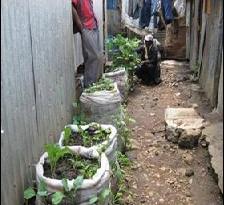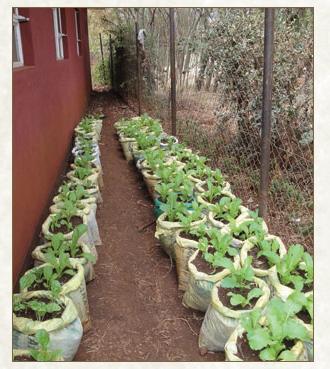 ..
..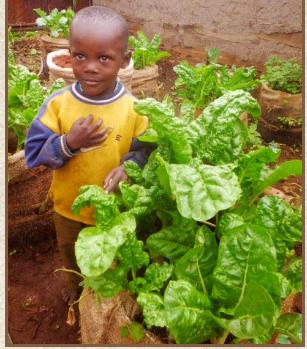
SACK GARDENS IN KENYA
and UGANDA
Sack gardens are a
great way to grow vegetables in a small space, need very little
watering or weeding and can produce enough food for the family
and some vegetables to sell.
 ..
..
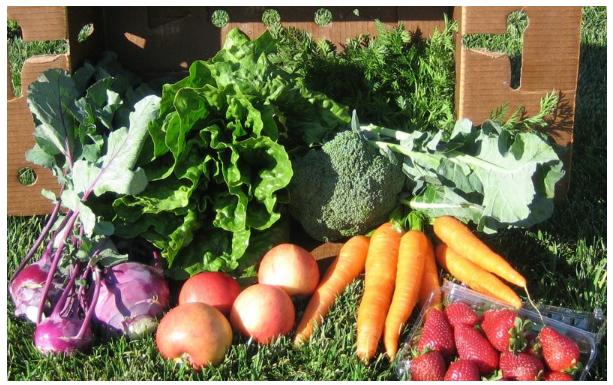
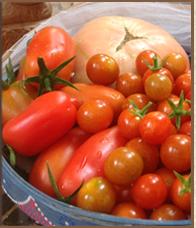 .
.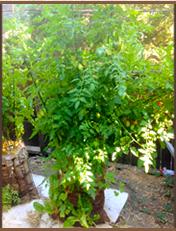 .
.
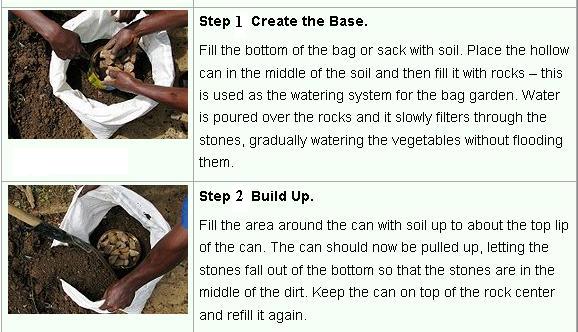

With usual gardening in the ground there is a
lot of waste water and weeds grow all the time and insects eat
the plants. Fresh water can be very scarce if the rains do not
come. Plants on the ground sown in rows allow the hot sun to dry
out the ground. Weeds always grow.
Using this new type of gardening in a sack water is used very
sparingly, there are almost no weeds and insects are not so
difficult to control because native Kenyan plants are very strong
and hardy.

 ...
...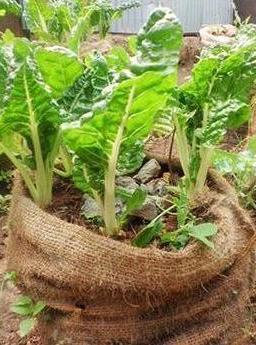
A lot of very helpful agencies from countries around the world have provided bags and soil and seeds and compost to mix in to increase the fertilty of the soil. They have shown adults and children how to put pebbles and small stones down the center of the bags for drainage and how to mix the soil and the compost or animal dung or even weeds to make the soil good. Many of the agencies have large seed beds where they grow small plants and supply them free.
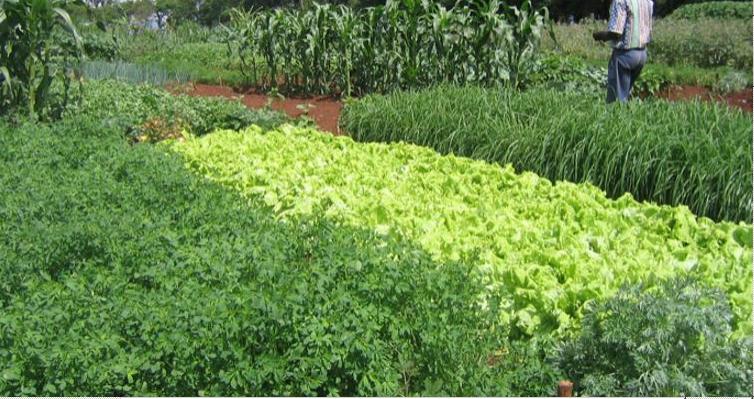
Fresh new grown
vegetables ready to be planted in the sack gardens. They are
mostly given away free to help people start their sack gardens.

On the outskirts of Nairobi is
one of the largest slum areas in the world. Over a million men
women and children live in the slums. There are no roads. There
are no jobs. People might have a meal once a day. If they are
lucky. Somedays there is no food. But things are changing. The
sack gardens have made it possible to grow food for the family
and even sell some vegetables for income. The women do all the
work. And the children. And the men are right in there helping.
They stop people stealing the food. They do the heavy work. Sack
gardens provide food for the family and some vegetables to sell.
There is a new
spirit in the slums as people realise how good the sack gardens
are. They provide food for the family and some vegetables to
sell. They help reduce crime and violence and drugs and alcohol.
They bring families together. Before there was no way to improve
life did not matter how hard people tried they were still in the
slums with no way out. Now things have changed. Growing
vegetables provides food for the table and extra money for the
family. Children are learning important new skills. People are
talking to each other and helping each other and making progress.
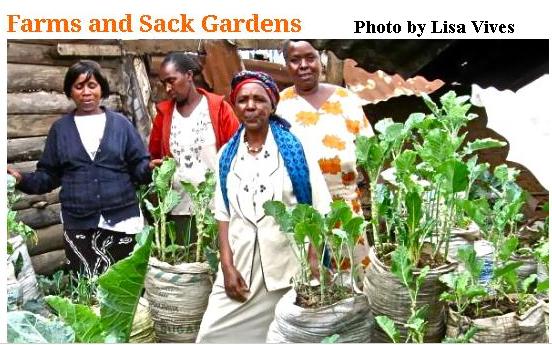
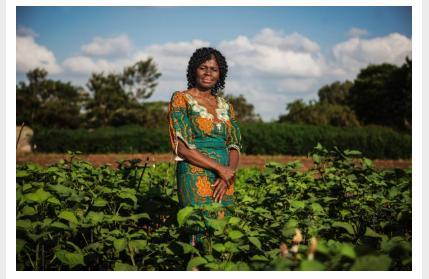 Mary Abukutsa-Onyango stands in a field
of African nightshade near Jomo Kenyatta University of
Agriculture and Technology in Jula, outside Nairobi. She grew up
eating local greens and is studying their nutritional benefits
and popularize them.
Mary Abukutsa-Onyango stands in a field
of African nightshade near Jomo Kenyatta University of
Agriculture and Technology in Jula, outside Nairobi. She grew up
eating local greens and is studying their nutritional benefits
and popularize them.
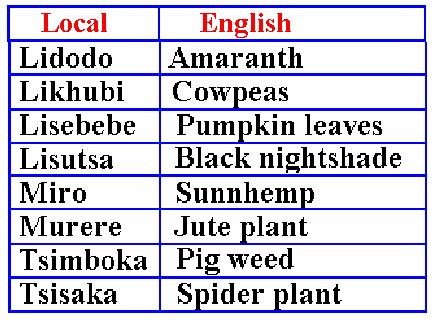

Many other plants as well
SUKUMA
CARROT
TOMATO
ONIONS
SOYA BEANS
GREEN BEANS
CABBAGE
SPINaCH
PAsSION FRUIT
MAIZE
OKRA
MILLET
SUN FLOWER
BEETROOT
GREEN PEPPER

Plants growing in sacks buried in the ground. The ground is hard and dry but it is easy to water the sacks
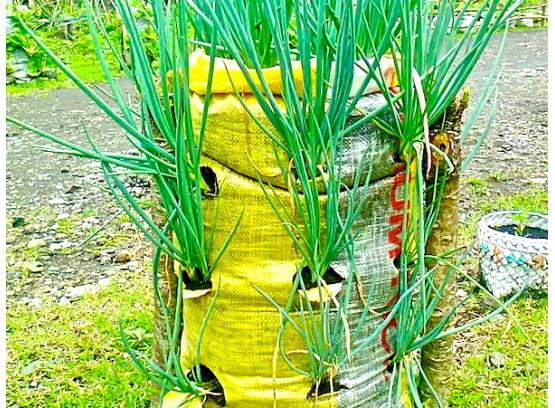
Great for schools to show children how easy it is with a sack garden to grow strong healthy plants
 .
.
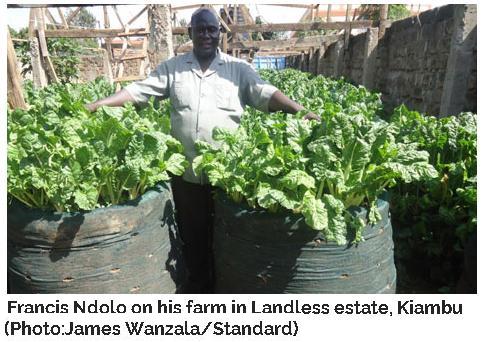 ..
..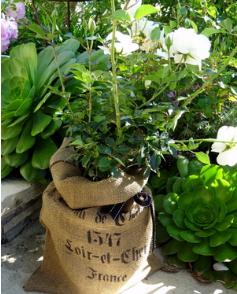
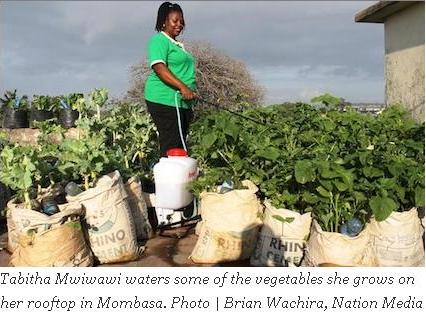 .
.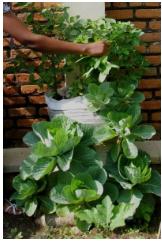 .
.
.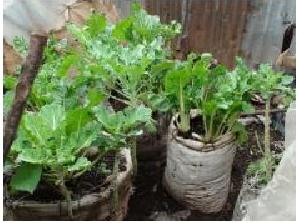 .
.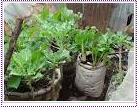 .
.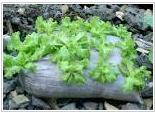 .
. ...
...
. .
.
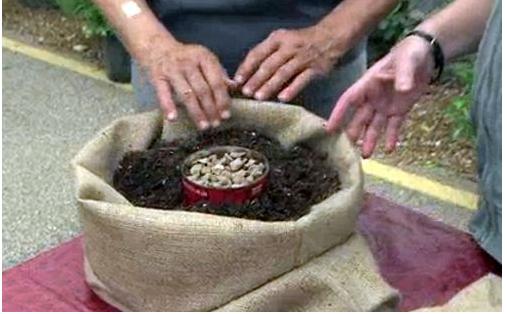 Here is the sack.
See the tin in the center. It has the top and bottom removed. Put
the tin in the bag in the center. Fill the tin with stones. Put
soil around the tin. Fill with soil and stones up to the top of
the sack Lift the tin up as you gol. Plant your vegetable
seedlings in the soil. Water into the stones. The water will move
into the soil for the plant roots.
Here is the sack.
See the tin in the center. It has the top and bottom removed. Put
the tin in the bag in the center. Fill the tin with stones. Put
soil around the tin. Fill with soil and stones up to the top of
the sack Lift the tin up as you gol. Plant your vegetable
seedlings in the soil. Water into the stones. The water will move
into the soil for the plant roots.
 Here
is a finished sack planted with 6 vegetables
Here
is a finished sack planted with 6 vegetables
In the space of the sack you
might have had 4 vegetable plants. Now you have 6 plus maybe
another 6 around the sides of the sack. So you have 12 vegetables
plants where you had 4. Makes a big difference
...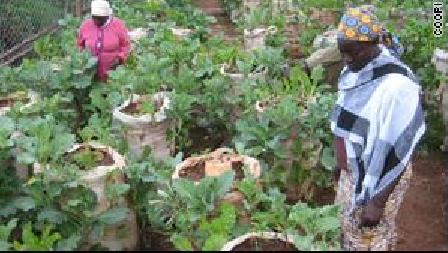 .
.
 .
.
.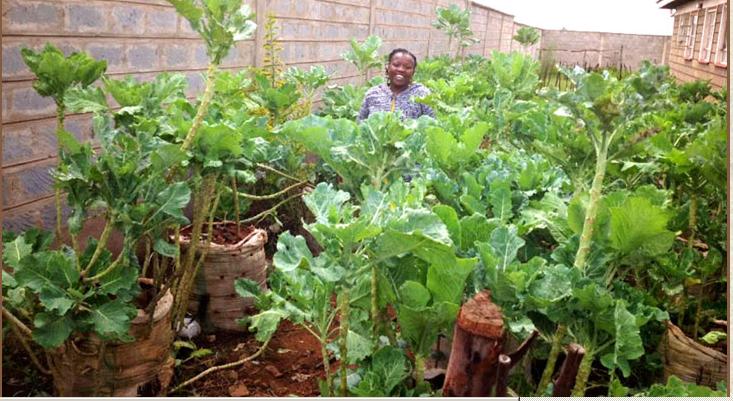
 .
. ..
..
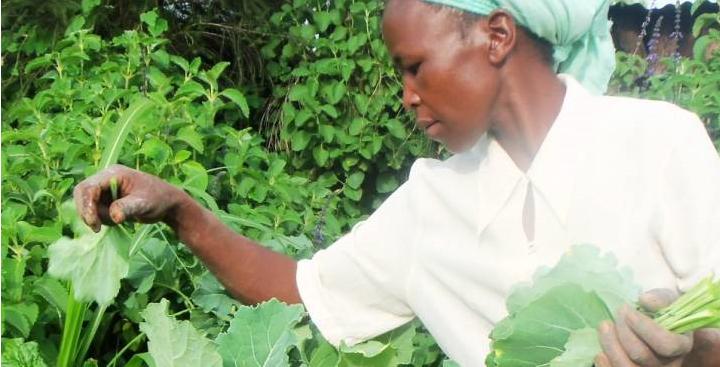
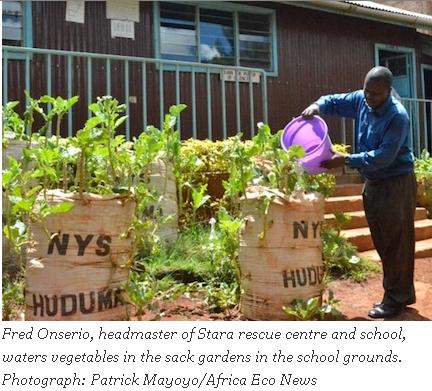 ......
......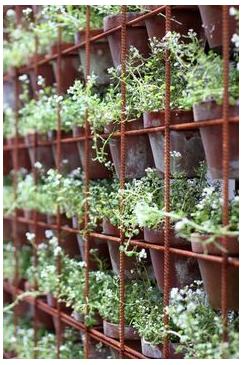
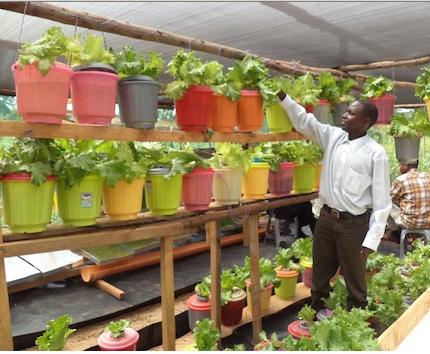 .......
.......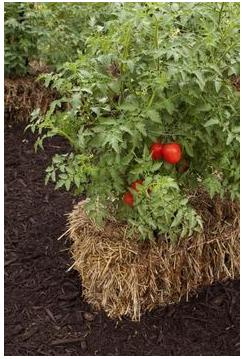
Hydroponics. Water and nutrients pumped to each plant..........Tomatoes growing in a hay bale
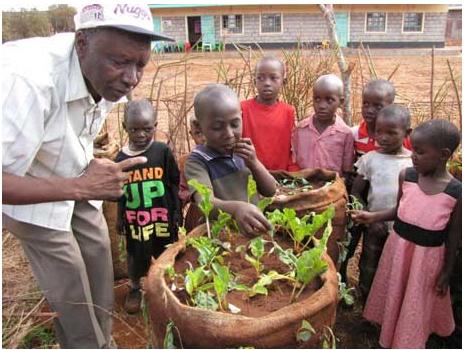 ...
...
It is easy for School children to learn the sack
garden
 ...
...
Eggs.. Very good food for the family
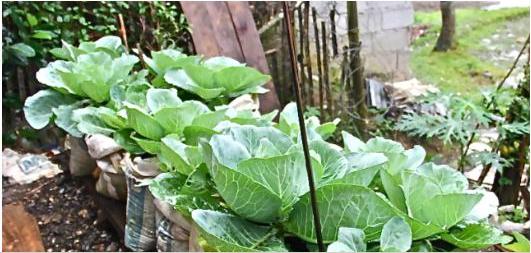
 .
.